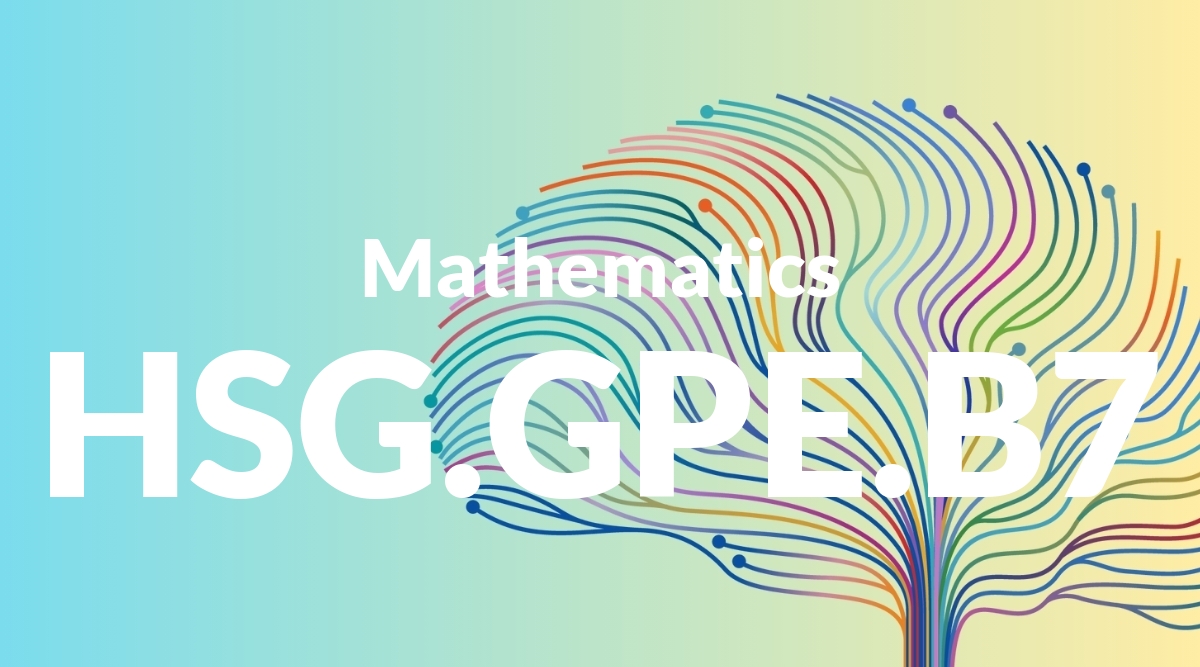Standard: 3.RL.8 – (Not applicable to literature)
Grade level: Grade 3
Subject: English Language Arts
Domain: Reading: Literature
Teacher Overview
This standard focuses on understanding the elements of a story, such as characters, setting, and plot, and how they interact to build the narrative. This is crucial for developing students’ comprehension and analytical skills, which are essential for their overall literacy development. Students should have a basic understanding of story elements from previous grades, including the ability to retell simple stories and identify the main idea and key details.
Students will develop the ability to analyze more complex texts, understand themes, and make connections between different stories and their elements. These skills are foundational for higher-level literature studies.
Common Misconception 1
Students may think that setting is just the place where the story happens, without realizing its impact on the plot and characters. This misconception can limit their understanding of how stories are constructed and how different elements interact.
Intervention 1
Use graphic organizers to help students map out how the setting influences the events and characters in the story. Discuss different settings in various stories and their significance.
Common Misconception 2
Students might believe that all stories follow the same structure and contain the same elements, which can hinder their appreciation of diverse literary forms.
Intervention 2
Introduce a variety of story structures and elements through diverse reading materials. Engage students in discussions about how different stories are built and what makes each one unique.
Prerequisite Knowledge
Students should be familiar with basic story elements such as characters, setting, and plot from previous grades. They should also be able to retell simple stories and identify the main idea and key details.
Subsequent Knowledge
After mastering this standard, students will be able to analyze more complex texts, understanding themes, and making connections between different stories and their elements. They will also develop skills in critical thinking and analysis, which are foundational for higher-level literature studies.
Instructional Activities
- Create a story map for a favorite book
- Compare and contrast the settings of two different stories
- Discuss how a character’s actions affect the plot
- Write a short story using a given set of story elements




